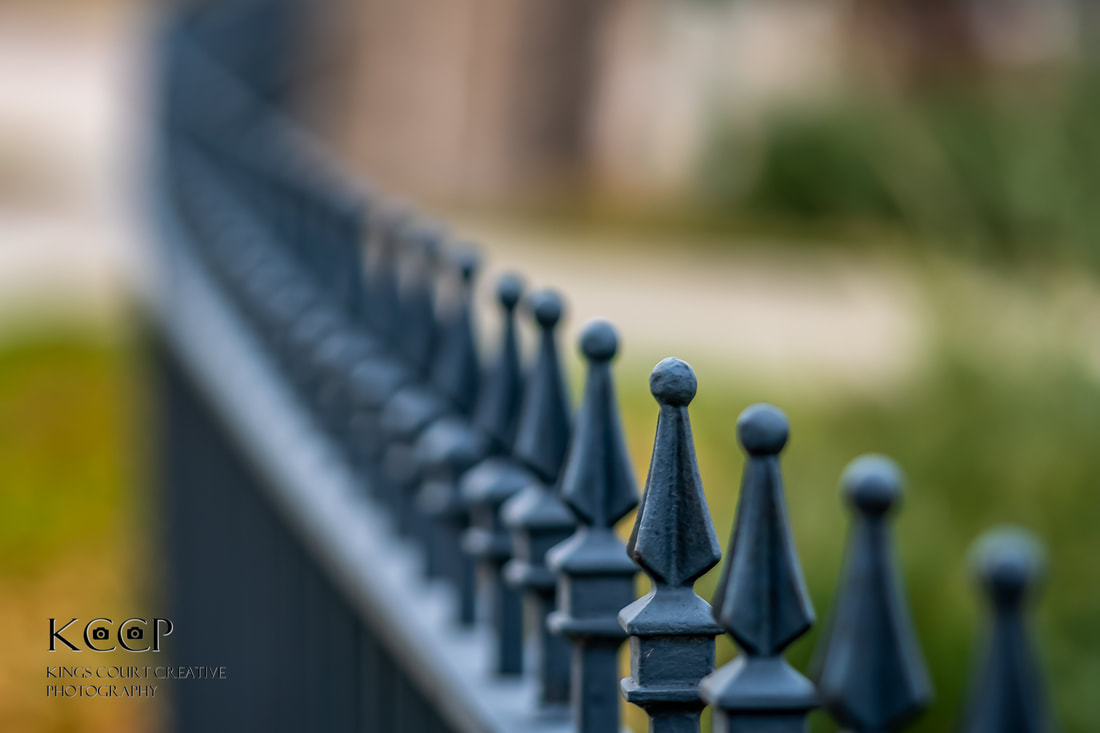All original content Copyright © 2017-2024 Fargo Moorhead Camera Club.
Other content and images, including contest images Copyright © by their respective owners. All rights reserved. Unauthorized use without written permission is strictly prohibited. For permission to use any photos images, or graphics contact the FMCC and you will be directed to the respective owner.
Other content and images, including contest images Copyright © by their respective owners. All rights reserved. Unauthorized use without written permission is strictly prohibited. For permission to use any photos images, or graphics contact the FMCC and you will be directed to the respective owner.

